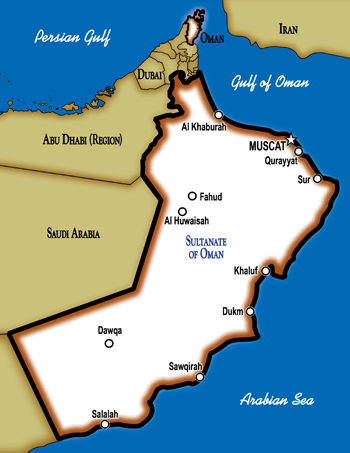
Archeologists believe UbarĮxisted from about 2800 B.C. The ancient city was discovered in 1992 with Lost city of Ubar in southern Oman, on the Arabian This is a radar image of the region around the site of the NATIONAL AERONAUTICS AND SPACE ADMINISTRATION The timestamp is only as accurate as the clock in the camera, and it may be completely wrong. If the file has been modified from its original state, some details such as the timestamp may not fully reflect those of the original file.
Lost city of ubar oman software#
This file contains additional information such as Exif metadata which may have been added by the digital camera, scanner, or software program used to create or digitize it. (See Template:PD-USGov, NASA copyright policy page or JPL Image Use Policy.) NASA copyright policy states that "NASA material is not protected by copyright unless noted". This file is in the public domain in the United States because it was solely created by NASA. Licensing Public domain Public domain false false View this and other nearby images on: OpenStreetMap This image, and ongoing field investigations, will help shed light on a little known early civilization.

Mapping of these tracks on regional remote sensing images was a key to recognizing the site as Ubar in 1992. These tracks have been used in modern times, but field investigations show many of these tracks were in use in ancient times as well. However, tracks leading to the site, and surrounding tracks, appear as prominent, but diffuse, reddish streaks. The fortress is too small to be detected in this image. The actual site of the fortress of the lost city of Ubar, currently under excavation, is near the Wadi close to the center of the image. A major wadi, or dry stream bed, runs across the middle of the image and is shown largely in white due to strong radar scattering in all channels displayed (L and C HH, L-HV). The prominent green areas (L-HV) are rough limestone rocks, which form a rocky desert floor. The prominent magenta colored area is a region of large sand dunes, which are bright reflectors at both L- and C-band. The image is constructed from three of the available SIR-C channels and displays L-band, HH (horizontal transmit and receive) data as red, C-band HH as blue, and L-band HV (horizontal transmit,vertical receive) as green. The image covers an area about 50 by 100 kilometers (31 miles by 62 miles). The SIR-C image shown is centered at 18.4 degrees north latitude and 53.6 degrees east longitude. This image was acquired on orbit 65 of space shuttle Endeavour on Apby the Spaceborne Imaging Radar C/X-Band Synthetic Aperture Radar (SIR-C/X-SAR).

and was a remote desert outpost where caravans were assembled for the transport of frankincense across the desert. Archaeologists believe Ubar existed from about 2800 B.C. The ancient city was discovered in 1992 with the aid of remote sensing data.

This is a radar image of the region around the site of the lost city of Ubar in southern Oman, on the Arabian Peninsula.


 0 kommentar(er)
0 kommentar(er)
